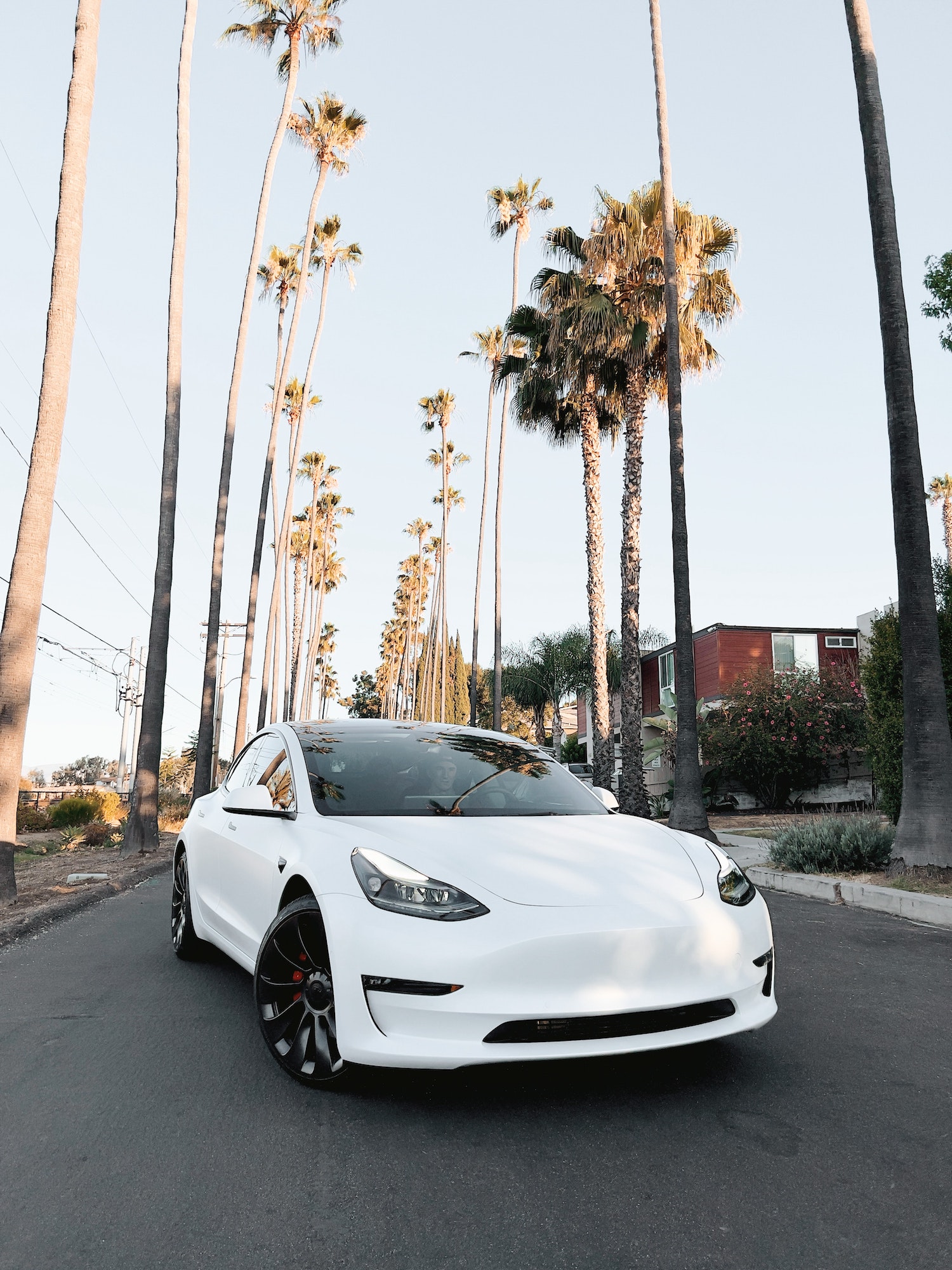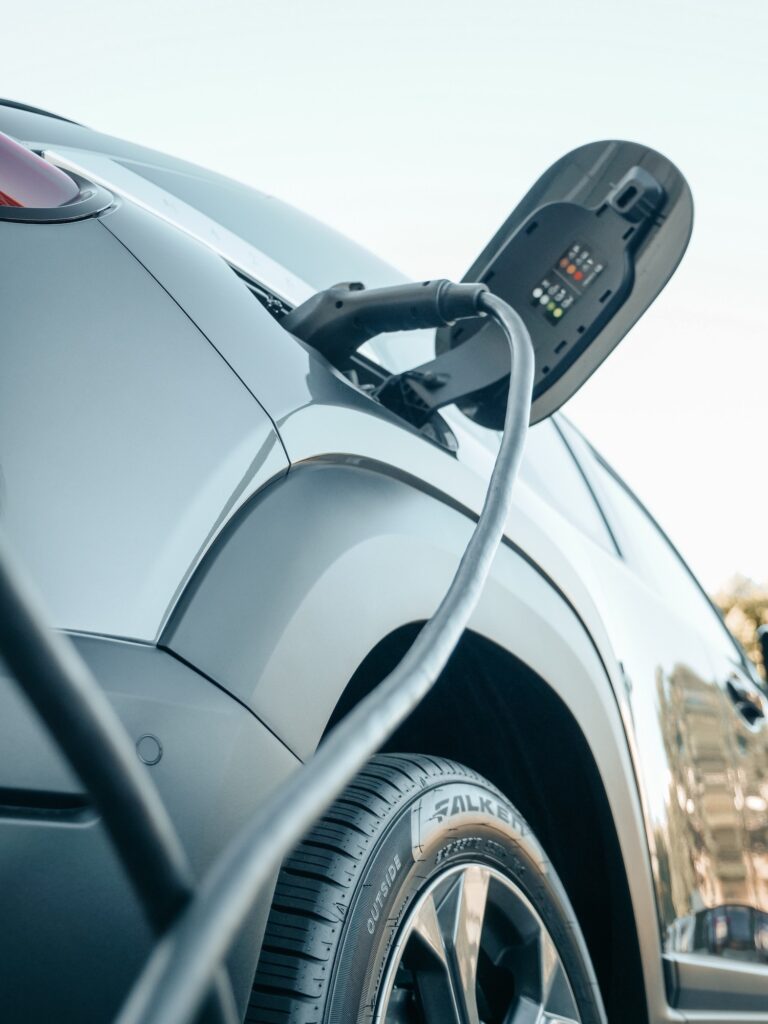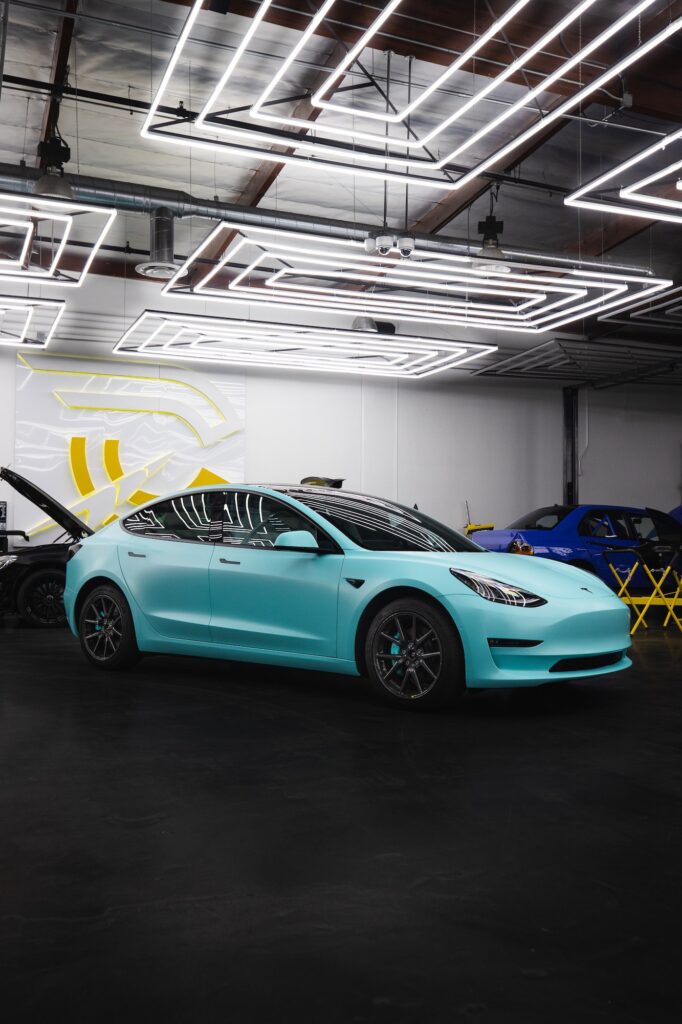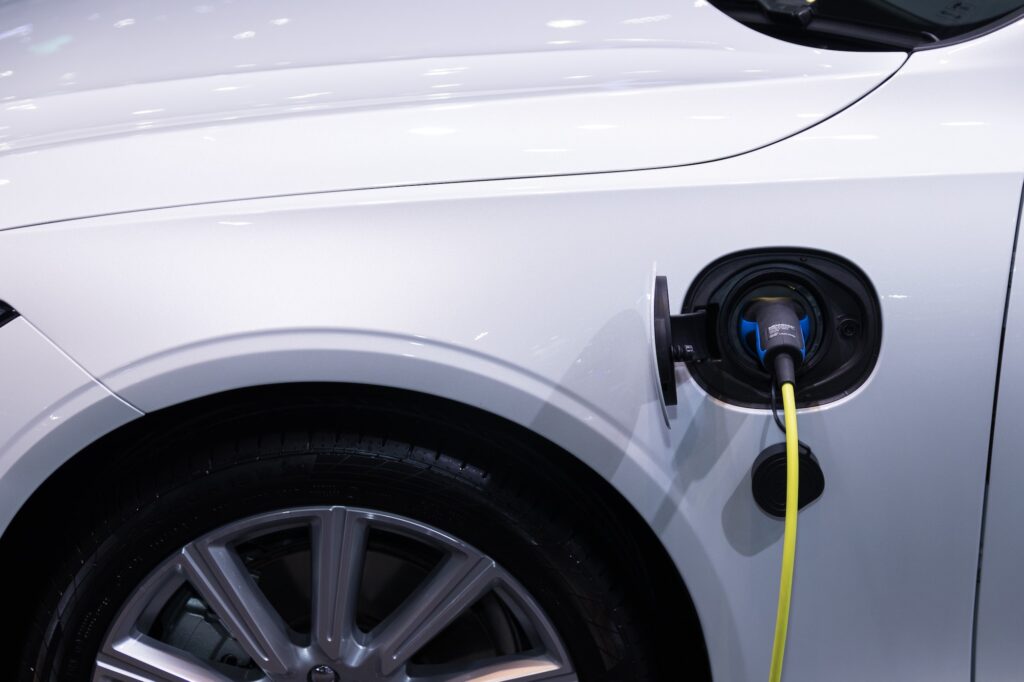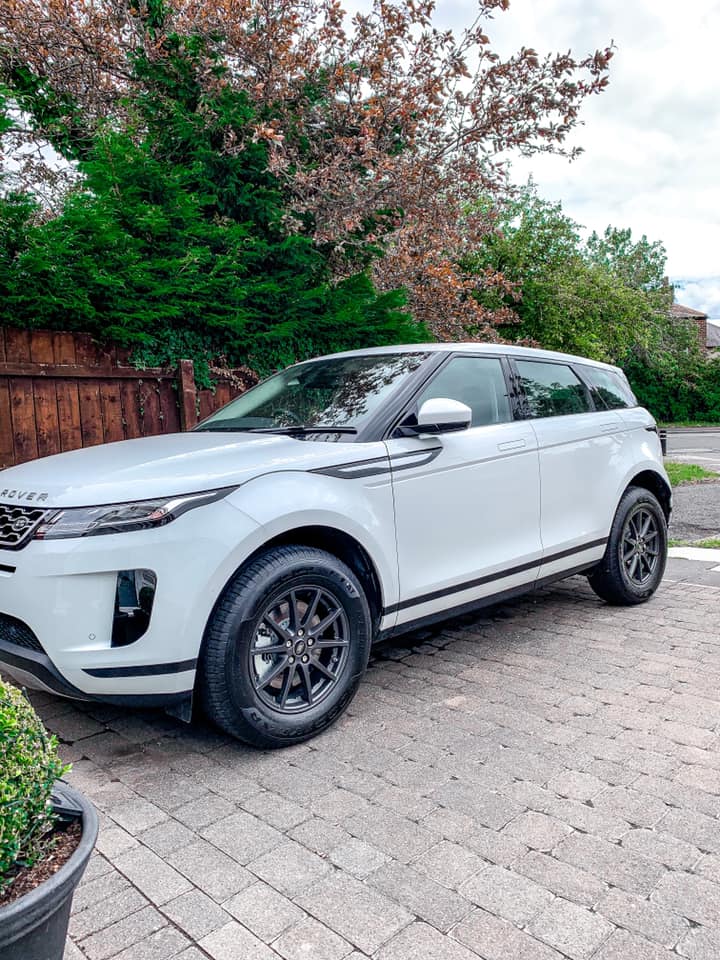10 Amazing Tips for First-Time Owners Getting Started with Electric Cars
Electric cars are becoming increasingly popular, and for good reason. They’re better for the environment, cheaper to operate, and often more comfortable and convenient to drive than gas-powered cars. If you’re thinking of making the switch to an electric car, there are a few things you should know. Here are some tips for first-time electric car owners:
10 Amazing Tips for First-Time Owners Getting Started with Electric Cars
Understand the different types of electric cars
Electric cars come in two main types: battery electric vehicles (BEVs) and plug-in hybrid electric vehicles (PHEVs). BEVs run entirely on electricity and need to be charged from an external power source. PHEVs have both an electric motor and a gas engine, so they can run on electricity or gas.
One electric car that has generated a lot of buzz recently is the Nissan Ariya, which is a BEV that was unveiled by Nissan in 2020 and is set to hit the market in 2022. The Nissan Ariya is a stylish and spacious crossover SUV that boasts impressive performance and technology features.
The new Nissan Ariya comes with a choice of two battery sizes, offering ranges of up to 300 miles on a single charge. It also has a powerful electric motor that can deliver up to 389 horsepower and go from 0 to 60 mph in just 5.1 seconds. Ariya also features advanced technology, including a 12.3-inch digital instrument cluster and a 12.3-inch infotainment display with a range of connectivity options, including wireless Apple CarPlay and Android Auto. It also features Nissan’s ProPilot Assist system, which provides semi-autonomous driving capabilities, and a range of safety features, including automated emergency braking, lane departure warning, and blind-spot monitoring.
Consider your driving habits
Before you choose an electric car, consider how you use your current car. If you do a lot of long-distance driving, a PHEV might be a better option, since it can switch to gas when the battery runs out. If you mainly use your car for short trips around town, a BEV should work well for you.
Know your charging options
There are a few different ways to charge your electric car. The most common are Level 1, Level 2, and DC fast charging. Level 1 charging uses a standard 120-volt household outlet and is the slowest option. Level 2 charging uses a 240-volt outlet and is faster, but may require some installation work. DC fast charging is the quickest option and can charge your car to 80% in as little as 30 minutes, but it’s not available everywhere.
Plan your charging stops
Unlike gas-powered cars, electric cars need to be charged regularly. Before you set out on a long trip, plan your charging stops along the way. There are several websites and apps that can help you find charging stations, such as PlugShare and ChargePoint.
Get to know your car’s range
Every electric car has a different range, or how far it can go on a single charge. Make sure you know your car’s range and plan your trips accordingly. Keep in mind that your car’s range can be affected by factors like driving style, temperature, and terrain.
Take advantage of regenerative braking
Regenerative braking is a feature that captures energy when you brake and uses it to recharge your car’s battery. This can help extend your car’s range and save you money on charging costs.
Learn how to drive efficiently
Driving an electric car is a bit different from driving a gas-powered car. To get the most out of your car’s battery, try to drive efficiently. This means accelerating and braking smoothly, maintaining a steady speed, and avoiding rapid acceleration and sudden stops.
Join an electric car community
One of the best things about owning an electric car is the sense of community that comes with it. Joining an electric car community can help you learn more about your car, connect with other owners, and find charging stations and other resources.
Take advantage of incentives
Many states and cities offer incentives for electric car owners, such as tax credits, rebates, and free parking. Check with your local government to see what incentives are available in your area.
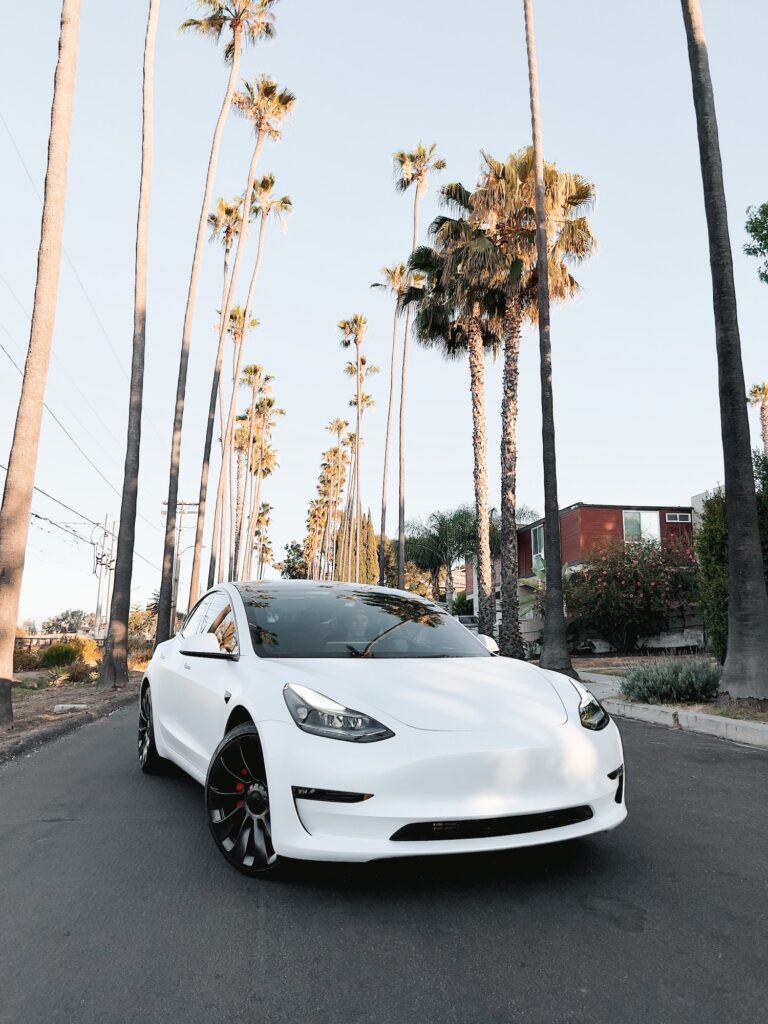
Enjoy the ride!
Finally, remember that driving an electric car can be a fun and rewarding experience. Electric cars are often quieter, smoother, and more responsive than gas-powered cars. So, sit back, relax, and enjoy the ride!
When it comes to deciding whether to buy or lease a car, there are several factors to consider, including your financial situation, driving habits, and personal preferences.
In conclusion, owning an electric car can be a great choice for both your wallet and the environment. By following these tips, you can get the most out of your electric car and enjoy all the benefits it has to offer.

